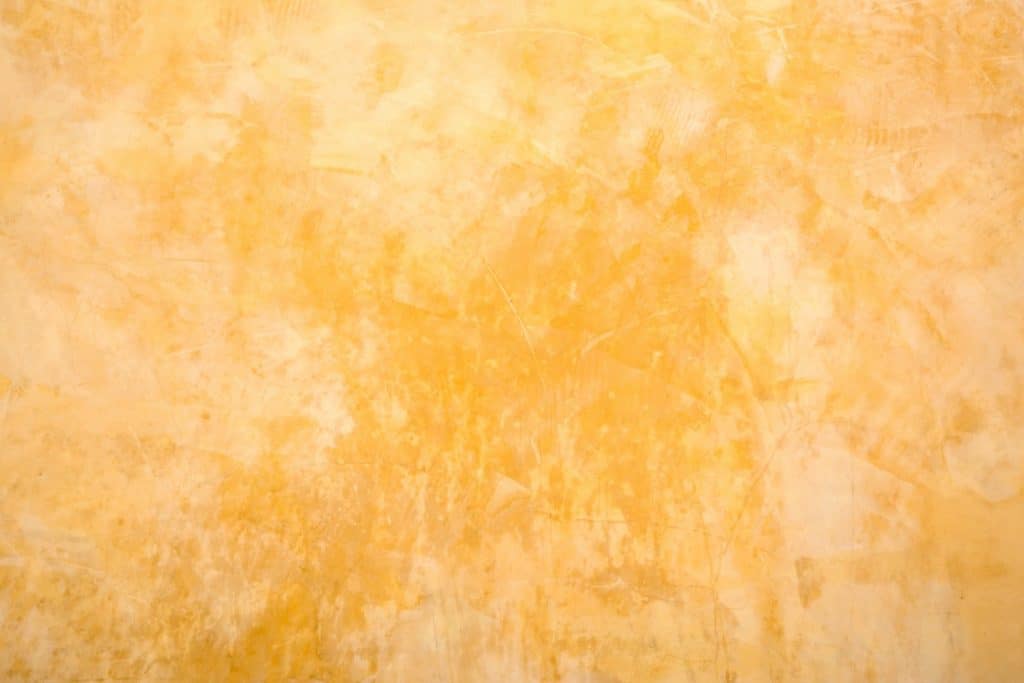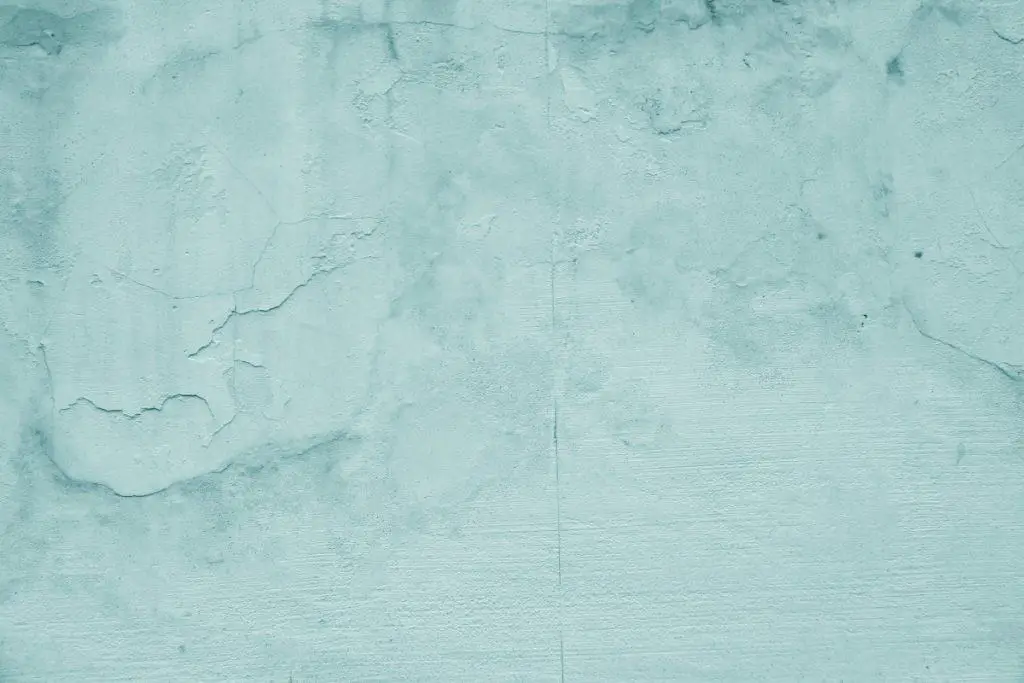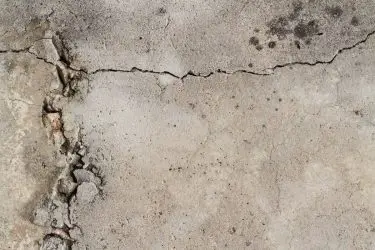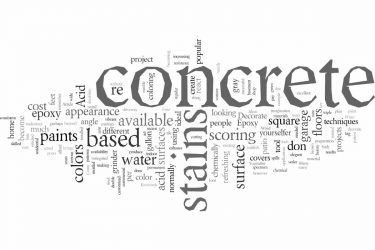You might be looking at your concrete surface -whether a floor, driveway, patio, or wall- and wondering what you can do to spice it up. Adding color is always a great option, but you may not know the best way to do that. You know that there are both acid and water-based concrete stains, but you may not know their differences.
The main difference between an acid stain and a concrete stain is how they interact with concrete. Acid stain colors concrete by interacting with its surface, whereas water-based concrete stain soaks into the pores of the concrete, setting the color deeper into its structure.
Now that your original question has been answered, you must be wondering what is best for your project. Read on to discover the ins-and-outs of acid stain and water-based concrete stain so you can be informed on the difference that each one will make when coloring your concrete.

Table of Contents
What Is A Stain?
At a base level, you must know that concrete stain is something used to color concrete, but you may not know how it colors concrete.
Unlike concrete paint, the stain does not sit on the surface of the concrete; rather, it penetrates the surface, depositing its color in the concrete itself. This means that concrete stain does not wear, chip, or scrape off of your concrete- it is permanent.
To color a surface, stains are either painted or poured onto the concrete, left to set and dry, and are then sealed in with a concrete sealer.
Concrete is a porous material, meaning it soaks up the color rather than just holding it on its surface. Concrete pores are quite small though, so some stains will penetrate only the surface while other stains can soak deep into the material.
Stains are extremely popular for indoor, outdoor, commercial, and residential use on concrete because they pose many advantages over paint.
Paint can chip, dull with age, get scratched off, and can cover the look of the aggregate in the concrete. Stain, on the other hand, doesn’t scratch or chip, stays true to color and vibrant for a long time, and is opaque enough for the unique aggregate of concrete to show through.
Another wonderful quality of concrete stain that paint does not possess is guaranteed uniqueness. Since paint goes over the concrete, it does not directly deal with any properties within it, so it comes out as one plain color.
Concrete stain, however, does interact with the properties within the concrete itself, meaning it will turn out differently on every surface it is applied on.
Also read: Acid Staining Old Concrete: Is it a good idea? Plus 10 tips!
Things that affect the look of concrete stain are:
- Cement properties and amounts in the concrete.
- Admixtures were used in the concrete.
- Type of aggregate used in the concrete.
- Method(s) used to finish the concrete.
- The age and moisture content of the concrete when you apply the stain.
- Weather conditions when you apply the stain.
These factors and more will ensure you with a beautifully unique color, design, and look to your concrete.
Acid Stain
Acid stain (also called reactive stain) is a type of concrete stain that is made up of an acidic solution containing metallic salts that react with the lime content in the concrete. This reaction causes the color to create a permanent bond with the concrete, so you don’t need to worry about it chipping or peeling off after prolonged use.

Acid stains are a fun choice because they create such a unique look. They do come in a variety of colors, but the real beauty is shown after application. Because they color using a chemical reaction, the components of the concrete will change how the stain turns out.
Also read: Selecting the Perfect Acid Stain for Your Concrete Work
A common characteristic of acid stain is a “marbled” look. It often sets with fluid, wavy patterns in it (thanks to the chemical reactions). The color it gives is more translucent than what you will get with a water-based stain, but this beautiful marbled look may be worth it.
Acid stain is applied and left to dry anywhere from 5 to 24 hours. The longer you leave your stain to set, the deeper the color will become.
The best part about stains is that they last as long as your concrete does. This being said, you should take good care of your concrete to avoid dirt, debris, and accidental stains from accumulating.
The average cost of an acid stain is $60.00 per gallon if you buy it from a hardware store and install it yourself. If you choose to have a contractor stain your concrete, it will cost between $7.00 and $15.00 per square foot.
Water-based Concrete Stain
The second type of concrete stains is a water-based (or non-reactive) stain. These stains are made up of water-based acrylics that deposit permanent color by soaking deep into the pores of the concrete rather than through a chemical reaction with the surface.

Water-based stains have been becoming increasingly popular over the last few years because they come in a much wider array of colors than acid stains do. This heightened popularity is also due to the fact that they are bolder than acid stains, so the color you choose will certainly be the color you get.
While this is nice, one major downside to this method of staining is that it will not produce the same marbled look and translucent color that acid stains do. If that is what you are looking for, then the acid stain is the way to go.
Similarly to acid stains, water-based concrete stains will last as long as your concrete does, but their vibrance depends on how well you take care of your concretes surface.
The average cost of water-based concrete stains is the same as acid-based: about $60.00 per gallon. Application from contractors is also the same, falling between $7.00 and $15.00 per square foot.
Comparing The Stains
These two staining options are both great ones, but it is important that you choose which is best for you and your project.
This chart outlines the similarities and differences between acid stain and water-based stain.
| Type of Stain | Components | Qualities | How Long It Lasts | Avarage Cost |
|---|---|---|---|---|
| Acid Stain | An acidic solution with reactive metallic additives | -Translucent colors -Marbled effect -Unique look every time | As long as your concrete will last | $60 per gallon of stain or $7-$15 per square foot from a contractor |
| Water-based Stain | Water-based acrylics | -Deep, strong color -Slightly opaque | As long as your concrete will last | $60 per gallon of stain or $7-$15 per square foot from a contractor |
As you can see from the chart above, the biggest difference between these two stains is what your result will be. Once you decide what look you’re going for, you’ll be able to start staining!



